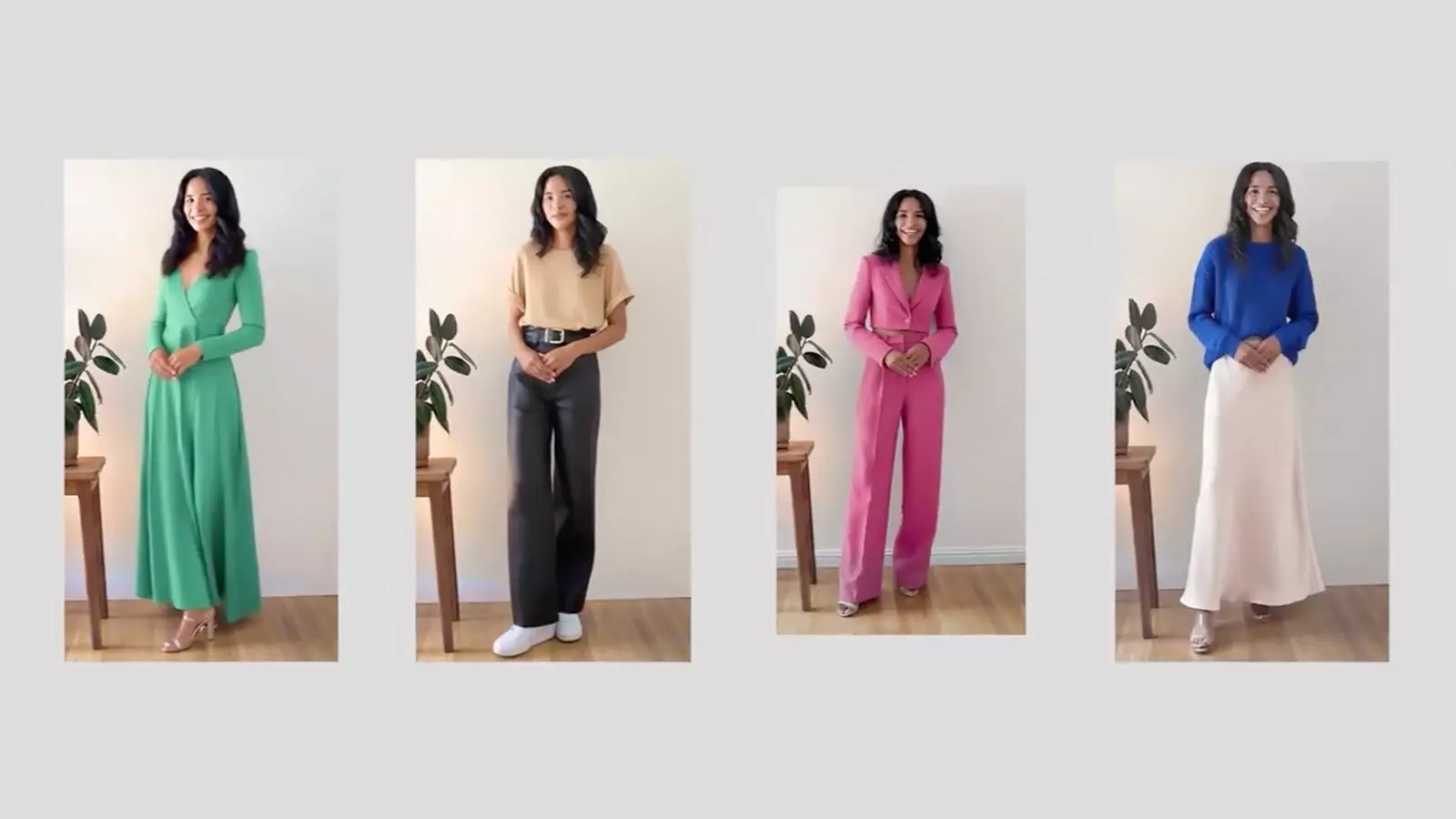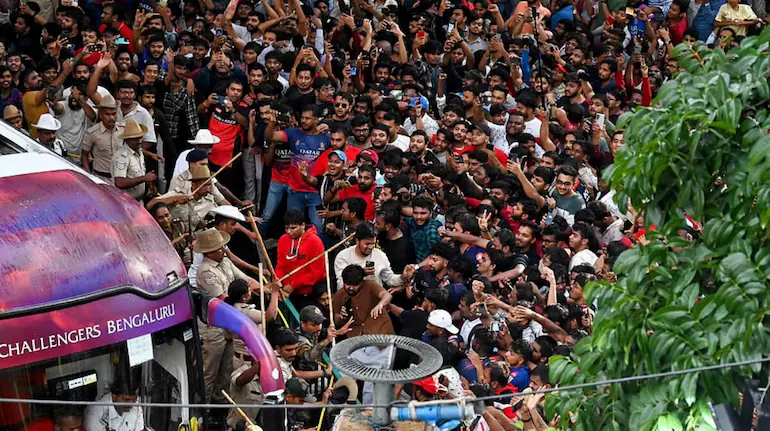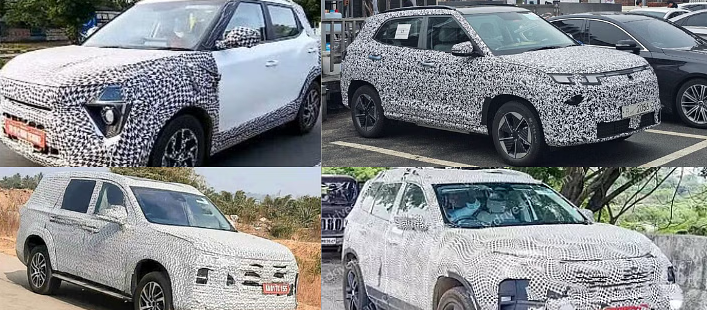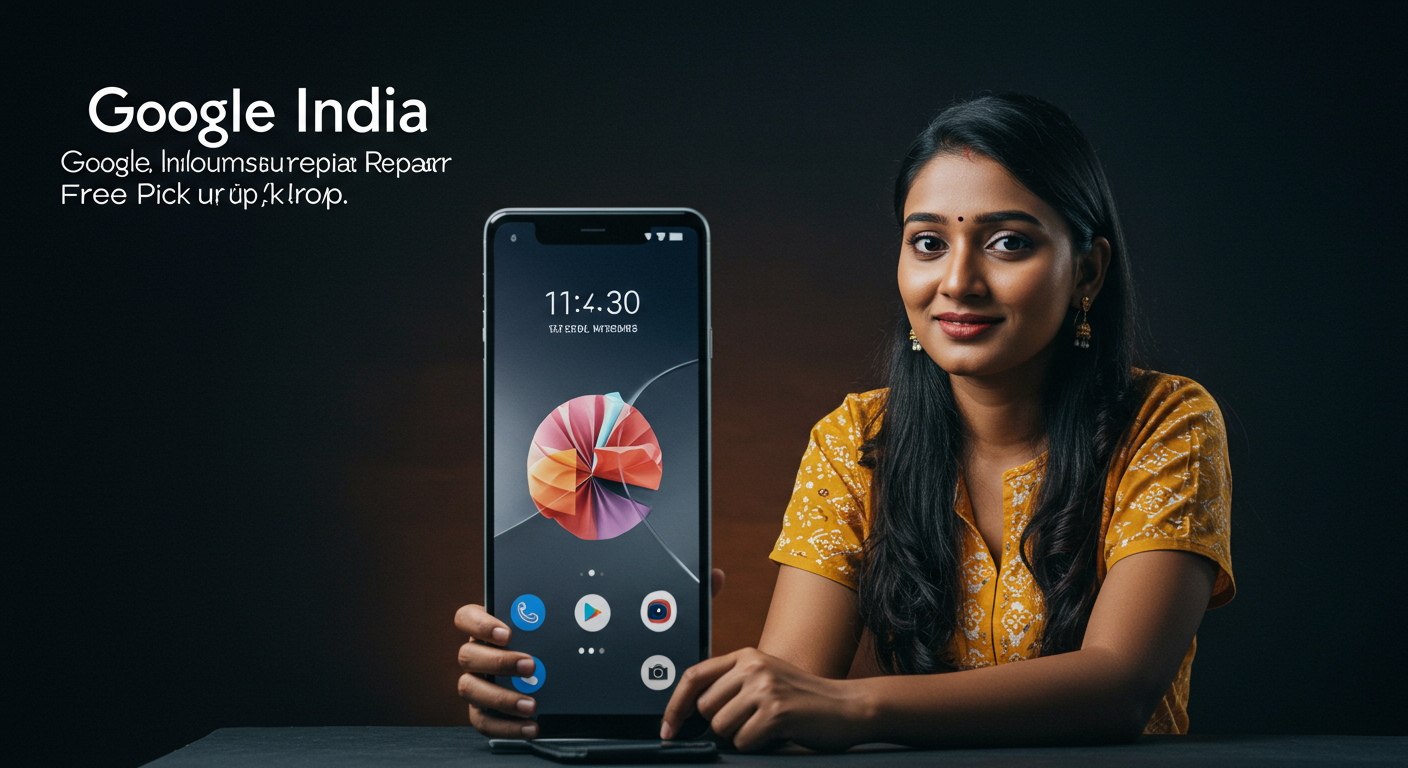Google’s Doppl: The AI-Powered Virtual Dressing Room Revolutionizing Online Fashion
- Abhishek

In a bold move blending technology and fashion, Google officially launched “Doppl” on June 26, 2025—a new app that allows users to virtually try on outfits with incredible ease and realism. Born out of Google Labs, the tech giant’s playground for experimental tools, Doppl brings AI-powered virtual fitting into a personal and playful sphere. Available now in the US for users aged 18 or above who hold a Google account, Doppl is poised to redefine how we shop for clothes online .
Why Doppl Matters: Personalisation Meets AI
Online shopping has long suffered from a fundamental challenge: buyers can’t physically try on clothes before purchasing. Size charts help—but seeing how something actually looks on you? That’s different. With Doppl, users can upload a full‑body photo of themselves—or select a pre‑generated AI avatar—then overlay images of tops, trousers, dresses, or even outfit screenshots taken from social media, stores, or shared by friends .
This isn’t just about static visuals. Google has integrated AI-generated video animations into the platform—your avatar turns animated, modeling how garments would look and move with real body dynamics . From sways to folds, the result is a more intuitive and emotionally engaging experience than conventional virtual try-ons.
How Doppl Works: Step by Step
-
Upload or Choose a Model
Users can upload a full‑body photo of themselves or pick an AI-generated body shape from Google’s library .
-
Add Outfits
Take photos of your clothing—whether it’s your own wardrobe, screen grabs from brands, or shared snaps—and upload them to Doppl. The app will superimpose these clothes onto your avatar.
-
See It in Motion
Doppl’s AI blends static images into animated simulations that show how clothes drape, move, and fit on your digital likeness .
-
Save & Share Options
Loved the look? Save your favourite outfits, compare different styles, and share them with friends through social networks or direct message .
This intuitive process makes digital shopping more personal—and yes, a lot more fun.
Distinctive Features vs Existing Tech
Google has experimented with virtual try-ons before, especially through Google Shopping, where items were displayed on generic mannequins. Doppl’s innovation lies in using your own animated body, not someone else’s . That difference matters: it’s one thing to see “a size M top on a model,” and another to visualize your actual proportions and movement.
Because Doppl is part of Google Labs, it’s still in its “early days.” Google is transparent that the fit may not always be perfect; the AI may “imagine” outfit details if parts are missing—for example, generating matching pants or accessories even when only a shirt is provided .
Why Now? AI + Consumer Shift = A New Market
The launch of Doppl reflects the convergence of two major trends:
-
AI’s rapid evolution: Advances in machine learning now enable dynamic visual content generation, not just static overlays. Doppl leverages this to bring animated, lifelike try-ons to your fingertips.
-
Consumer desire for personalization: Post-pandemic, shoppers want experiences that feel intuitive, convenient, and tailored. Doppl answers that call by letting you “try before you buy” in a deeply personal way.
Google clearly views Doppl as a stepping-stone. Early use data will guide how such features evolve within its broader shopping ecosystem—and possibly beyond .
Geographic and Access Limits
As of launch, Doppl is available exclusively in the US and for users aged 18+ with a Google account. There’s no word yet on an international rollout. Given its experimental status, any expansion will likely come only after Google fine-tunes accuracy and user experience .
What Works, and What Needs Work
✔ Strengths:
-
Personalized visualization—your own avatar, your own clothes.
-
Animated dynamics—realistic movement and drape.
-
Easy sharing—get feedback from friends or followers instantly.
⚠ Limitations:
-
Early-stage accuracy; the app may occasionally misfit or auto-complete missing wardrobe elements .
-
US-only access limits its initial reach.
-
Reliant on the quality of user-uploaded photos—lighting, angle, and background can impact results.
Broader Impacts and Future Possibilities
For brands and retailers, Doppl opens a potential shift in e-commerce conversion rates, reducing returns while building deeper brand engagement. Imagine browsing an online store and virtually trying your “buy” options instantly.
For social media and creators, the app offers new inspiration. Influencers could share Doppl’s simulated try-ons to showcase styles, get opinions, or even spark viral trends.
For Google, Doppl represents part of a long-term strategy: integrating AI deeply into everyday tasks—shopping included. Accurate simulations could serve other domains too, like furniture layouts, makeup, or even fitness apparel.
Final Thoughts: Doppl’s Promise
Google’s Doppl signifies a turning point—melding AI-driven animation with personal data to create real-world value in fashion retail. At launch, it prioritizes experimentation and user engagement. Even with minor fit hiccups, Doppl delivers an impressive level of personalization and entertainment.
As the app evolves through user feedback and technological refinement, it could spark a broader shift in how we engage with fashion online. No more guesswork—just a smarter, more immersive approach to building your wardrobe. If looking stylish is your goal, Doppl might just be your next virtual ally.








